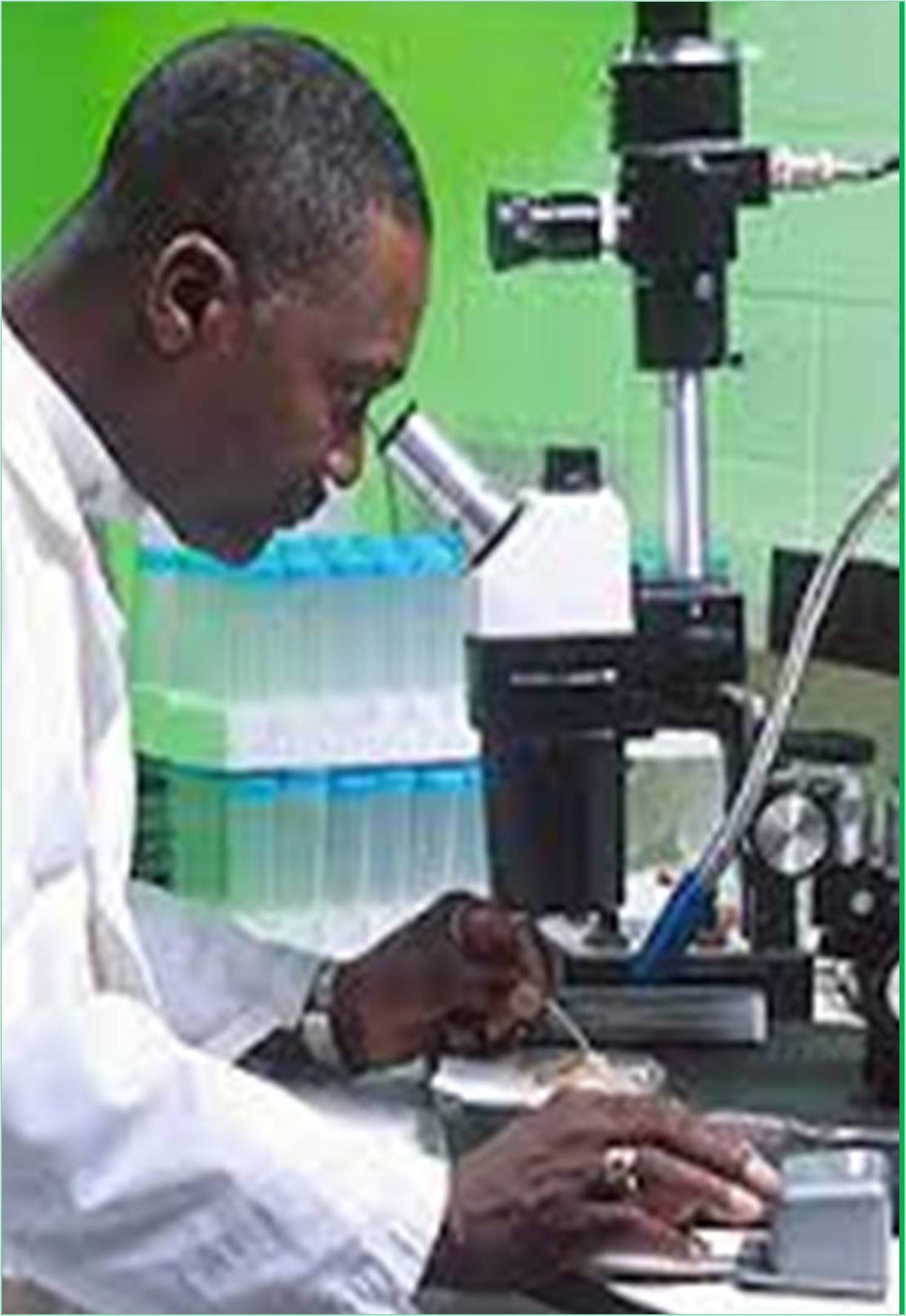



Received: 04-Nov-2022, Manuscript No. GJMR-22-83185; Editor assigned: 07-Nov-2022, Pre QC No. GJMR-22-83185 (PQ); Reviewed: 21-Nov-2022, QC No. GJMR-22-83185; Revised: 29-Nov-2022, Manuscript No. GJMR-22-83185 (R); Published: 07-Dec-2022, DOI: 10.15651/GJMR.22.10.419
A traditional antibiotic with a broad spectrum of activity against prokaryotic organisms is chloramphenicol. However, CM causes serious adverse reactions in eukaryotes, for which there is no known cause. Magnaporthe oryzae, a plant pathogenic fungus that causes rice blast, creates an appressorium before infecting the host cell through single-cell differentiation. Chloramphenicol specifically prevents the development of asperoriums, suggesting that the rice blast fungus is a novel molecular target for Cm. The use of the T7 phage display method suggested that Cm might be targeting the Ser/Thr-protein phosphatase MoDullard. Dullard plays roles in protein synthesis and cell differentiation in animals, but it is unclear what it does in fungi. Studies conducted in vivo and in vitro revealed that MoDullard is necessary for the formation of appressoriums and that Cm can bind to and inhibit MoDullard activity.
CTDSP1 may be a novel molecular target of Cm in eukaryotes, given that the human phosphatase CTDSP1 supplemented the MoDullard function during appressorium formation by M. oryzae. Because of unidentified targets or interactions with other host molecules, drugs frequently display unexpected or unintended effects. Many commercially available medications are thought to have multiple targets. The process is difficult, labour-intensive, and time-consuming for researchers and the pharmaceutical industry, even though the identification of new drug targets is essential for the discovery and development of novel drugs. Candidate genes for intracellular drug targets impacted by particular drug activities have been found using gene microarrays.
This method produces a lot of data, but it's possible that changes in gene expression don't correspond to how drugs work or to hidden phenotypes. New mechanistic targets are challenging to identify if target engagement is not validated. Recent developments in validation analysis have made it possible to assess and estimate new drug targets. Fluorescent proteins have made it possible to quantify the temporal and spatial variations in drug-target engagement in protein complexes in response to drug therapy. Additionally, network-based and machine learning-based approaches are used to predict drugtarget interactions. These effective validation techniques hasten the discovery of the drug-target interaction. In contrast, it is necessary to look for unknown target factors and clarify their functions in order to develop new drugs in conjunction with target estimation, which integrates the relationship with known target factors.
One of the most harmful filamentous pathogenic fungi that infect rice is the rice blast fungus, Magnaporthe oryzae. Understanding the pathogen's infection strategy and minimising crop damage are crucial for ensuring global food security because rice blast reduces the overall yield of crops by about 10% to 30%. The three-celled conidium that contacts the surface of a rice leaf to begin the infection cycle of this fungus the conidium creates an expanding germ tube, and at the tip of the germ tube, a hemispherical structure known as the appressorium emerges. The appressorium experiences significant osmotic pressure that can reach 8 MPa due to the buildup of high concentrations of compatible solutes like glycerol. A penetration peg that extends from the base of the appressorium uses this turgor pressure to break through the plant cell wall and enter an epidermal cell. This infection process, which depends on the single-celled germ tube's mitotic division and cell differentiation to invade a host plant, is necessary. Additionally, a large number of molecules stored in the conidium are linked to the development of appressoriums, and the expression of many genes involved in appressorium development rises sharply as cells differentiate.